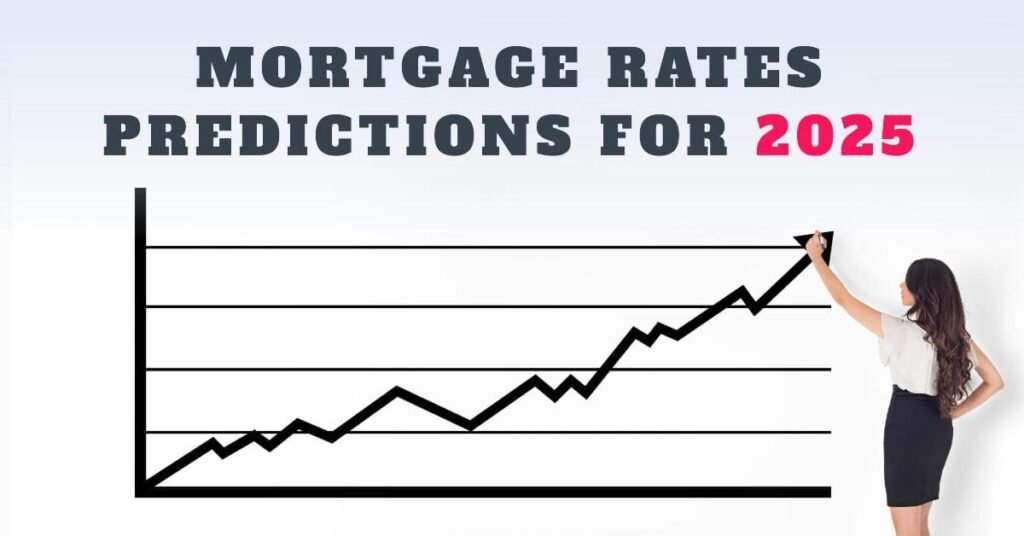As we approach the mid-2020s, the question on many homeowners’ and potential buyers’ minds is: what will mortgage rates look like in 2025? It’s a crucial question, as even a small fluctuation in rates can significantly impact monthly payments and overall affordability.
Looking ahead, experts offer a range of predictions, reflecting the inherent uncertainty in economic forecasting. Factors such as inflation, economic growth, monetary policy, and global market conditions all play a role in shaping the future of mortgage rates.
A conservative estimate suggests that 30-year fixed mortgage rates could be in the range of 5.5% to 7% by 2025. This prediction takes into account potential economic growth, the Federal Reserve’s likely responses to changing conditions, and the broader real estate market’s status.
Other forecasts are slightly more optimistic, with projections of a gradual decrease in mortgage rates over the next 18 months. For instance, Fannie Mae anticipates rates might slide to 6.0%, Wells Fargo expects around 5.8%, and the Mortgage Bankers Association estimates rates could fall to 5.5% by the final quarter of 2025.
However, it’s important to note that these predictions come with a degree of uncertainty. The past few years have shown that unprecedented events, such as the pandemic and geopolitical tensions, can rapidly alter the economic landscape. As a result, forecasters often advise caution and suggest that these projections are best viewed as guidelines rather than guarantees.
The consensus among experts is that while rates are expected to peak soon due to high inflation and policy measures, they will likely remain above historical lows. This means that while we may not see the rock-bottom rates of the early 2020s, there is also little expectation of a return to the double-digit rates of the 1980s.
Will Mortgage Rates Decline in 2025?
According to recent analyses and expert predictions, there is a sense of cautious optimism about the potential for mortgage rates to trend downward in 2025. The Mortgage Bankers Association, for instance, has projected that 30-year mortgage rates could fall to around 5.6%. This forecast is based on current market trends and economic indicators, suggesting a silver lining for those hoping for more favorable borrowing conditions.
The current landscape of mortgage rates has been shaped by a variety of factors, including inflation, Federal Reserve policies, and global economic conditions. In the past, rates below 4% were considered competitive, with a historical low point of around 3.75% in 2020 serving as a benchmark for what constitutes a ‘good‘ rate. However, the economic turmoil and policy responses to the COVID-19 pandemic have led to fluctuations that defy simple predictions.
Looking ahead, the expectation of a downward trend is influenced by several factors. Economic recovery, inflation expectations, and the Federal Reserve’s monetary policy are all expected to play a role in shaping mortgage rates in the coming years. The Federal Reserve, in particular, is anticipated to continue its delicate balancing act, adjusting interest rates to maintain economic stability while fostering growth.
It’s important to note, however, that these predictions are not guaranteed. The financial landscape is complex and subject to change due to unforeseen global events and policy shifts. Therefore, while the projections provide a general direction, individuals should remain vigilant and consult with financial advisors to understand how these trends may affect their personal circumstances.
In summary, while there is hope for a decrease in mortgage rates by 2025, it is crucial for potential borrowers to stay informed and prepared for any outcome. By keeping an eye on economic developments and seeking professional advice, one can navigate the mortgage market with greater confidence and make decisions that align with their financial goals.

